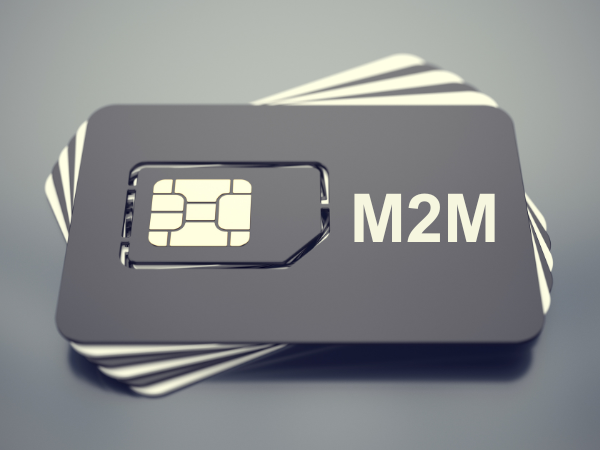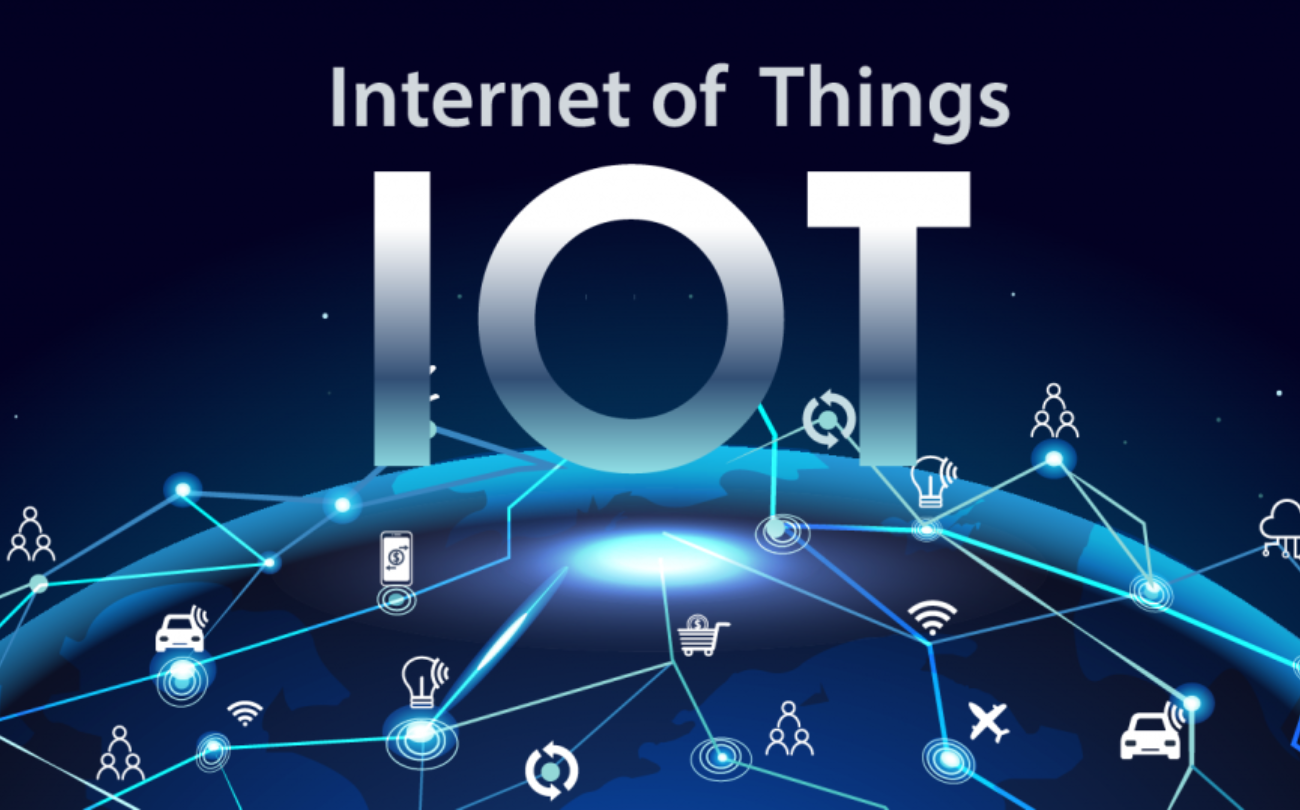1. Introduction: Why Understanding the Difference Between M2M and IoT SIMs Matters
In the rapidly expanding world of connected technology, two terms often appear side by side — M2M SIM and IoT SIM.
At first glance, they seem identical. Both enable machines and devices to communicate without human intervention. But when it comes to large-scale deployments, global connectivity, and long-term data management, the differences between the two can have a massive impact on your project’s success.
If you’re deploying smart meters, GPS trackers, vending machines, or industrial sensors, choosing the right SIM card type — and the right M2M SIM provider — can affect reliability, scalability, and cost-efficiency.
This guide will break down the real difference between M2M SIM and IoT SIM, explore how they work, and help you decide which is best for your devices.
2. What Is an M2M SIM?
2.1 Definition
An M2M SIM (Machine-to-Machine SIM) is a special SIM card designed for direct communication between devices — without the need for human interaction. It’s built for applications where devices send small packets of data to a central system or cloud server.
Typical examples include:
- Fleet tracking and telematics
- Smart vending machines
- Remote monitoring equipment
- Vehicle diagnostics systems
Unlike traditional SIMs used in smartphones, an M2M SIM card focuses on automation, reliability, and long-term connectivity.
2.2 Key Features of M2M SIMs
- Durability: Withstands extreme temperature and vibration.
- Longevity: Designed for 5–10 years of operation.
- Private Networks: Often use private APNs for secure data transmission.
- Remote Control: Can be activated, paused, or terminated via API.
- Roaming Support: Connects to multiple networks for better coverage.
An M2M SIM provider typically partners with several mobile operators to offer multi-network access, ensuring continuous uptime even in remote locations.
3. What Is an IoT SIM?
3.1 Definition
An IoT SIM (Internet of Things SIM) is an evolved version of the M2M SIM, built for the modern IoT ecosystem — where millions of devices, sensors, and systems share data through the cloud in real time.
IoT SIMs go beyond simple machine communication. They enable global scalability, cloud integration, and advanced management for industries such as:
- Smart cities
- Healthcare IoT
- Smart agriculture
- Industrial automation
- Energy and utilities
3.2 Key Features of IoT SIMs
- Multi-network global coverage with automatic network switching.
- API-based connectivity management platforms.
- Support for LTE-M, NB-IoT, 4G, 5G, and eSIM.
- Over-the-air (OTA) provisioning and SIM lifecycle control.
- Integration with cloud services (AWS IoT, Azure IoT).
An IoT SIM is not just a communication channel — it’s part of a smart connectivity infrastructure that supports global IoT deployments.
4. M2M SIM vs IoT SIM: The Core Differences
While both M2M and IoT SIMs connect devices, their scope, functionality, and management differ significantly.
| Feature | M2M SIM | IoT SIM |
|---|---|---|
| Purpose | Device-to-device data exchange | Device-to-cloud, large-scale IoT ecosystem |
| Network Access | Regional or multi-operator | Global multi-network with roaming |
| Technology | 2G / 3G / 4G | 4G / 5G / LTE-M / NB-IoT |
| Management | Manual or API | Cloud-based management portal |
| Scalability | Limited to thousands of devices | Designed for millions of devices |
| Security | Private APN | Private APN + VPN + end-to-end encryption |
| SIM Type | Plastic SIM / M2M embedded | eSIM / iSIM / MFF2 |
| Use Cases | Fleet tracking, vending, telematics | Smart cities, healthcare, agriculture, industrial IoT |
In essence, M2M SIMs represent the first generation of connected device communication, while IoT SIMs are the modern evolution built for a cloud-first, AI-driven world.
5. Use Cases: When to Use M2M SIM vs. IoT SIM
5.1 Best Use Cases for M2M SIM
- Fleet management and logistics: Real-time vehicle tracking with low data usage.
- Smart vending machines: Monitor stock levels and payment systems.
- Remote monitoring: Send small telemetry packets (e.g., temperature, pressure).
- Connected ATMs and kiosks: Secure, low-data, always-on communication.
M2M SIMs are ideal for low-bandwidth, high-reliability scenarios.
5.2 Best Use Cases for IoT SIM
- Smart metering and utilities: Real-time usage data and remote control.
- Healthcare monitoring devices: Continuous patient data transmission.
- Smart agriculture: Collect environmental data from multiple locations.
- Industrial automation: Machine sensors reporting to cloud systems.
- Surveillance and smart cameras: High-bandwidth video data.
IoT SIMs are designed for data-rich, scalable, and globally distributed networks.
6. Connectivity Technologies Behind M2M and IoT SIMs
6.1 M2M Connectivity
M2M SIMs typically operate on 2G, 3G, and 4G LTE networks, relying on GPRS or SMS-based communication.
While these networks are reliable, they are gradually being replaced by low-power, wide-area (LPWA) IoT technologies.
6.2 IoT Connectivity
IoT SIMs leverage modern communication standards:
- NB-IoT (Narrowband IoT) for low-power sensors
- LTE-M (Cat-M1) for mobile devices
- 5G IoT for ultra-fast, low-latency data transfer
- Satellite IoT for remote area coverage
This makes IoT SIMs far more versatile and future-proof than legacy M2M SIMs.
7. How M2M SIM Management Works
M2M SIM management typically involves:
- Manual activation through a carrier portal.
- Monitoring usage per device rather than per fleet.
- Static IP assignment for device identification.
- Basic API integration for automation.
These methods work well for smaller projects (hundreds or thousands of devices). However, for enterprises deploying tens of thousands of IoT sensors, M2M management becomes inefficient.
8. IoT SIM Management: Smarter, Centralized Control
Modern IoT SIM providers offer cloud-based management portals that allow:
- Real-time monitoring of data usage and device status.
- Bulk activation or suspension via APIs.
- Geo-based analytics for performance tracking.
- Automatic alerts for unusual activity.
- Integration with ERP and IoT platforms.
For example, a smart energy company can monitor 50,000 meters through a single dashboard — something traditional M2M setups can’t handle effectively.
9. Security Considerations
9.1 M2M SIM Security
- Basic encryption
- Private APN support
- Device authentication
While secure for simple applications, M2M systems may lack advanced protection against cloud-level or cross-network threats.
9.2 IoT SIM Security
IoT SIMs enhance security with:
- End-to-end encryption
- IPsec VPN tunnels
- Private network segmentation
- Remote SIM provisioning (RSP)
- IMSI protection and authentication
If your devices handle sensitive or critical data, such as healthcare or industrial systems, an IoT SIM with strong encryption and compliance is essential.
10. Cost Comparison: M2M vs IoT SIM Pricing
Pricing structures differ across providers, but general trends include:
| Aspect | M2M SIM | IoT SIM |
|---|---|---|
| Cost per SIM | Lower | Slightly higher |
| Data pricing | Pay-per-use | Shared or pooled plans |
| Contract | Fixed | Flexible and scalable |
| Global roaming | Limited | Available |
| Management cost | Higher (manual) | Lower (automated) |
Although M2M SIMs seem cheaper upfront, IoT SIMs often deliver better total cost of ownership (TCO) through automation, multi-network support, and scalability.
11. Choosing the Right M2M SIM Provider
If your use case fits the M2M category, choose a provider offering:
- Multi-network roaming across target regions.
- Private APN and VPN capabilities.
- Flexible data plans and shared pools.
- Long-term reliability (5+ years lifespan).
- 24/7 support and monitoring tools.
Examples of popular global M2M SIM providers include Vodafone, AT&T, and Zhongyi IoT (China) — known for providing high-quality, low-cost M2M SIM connectivity solutions for GPS trackers, cameras, and industrial devices.
12. Future of M2M SIM: Transition to IoT SIM
As networks evolve toward 5G and LPWAN, traditional M2M infrastructure is merging into IoT ecosystems.
This transition includes:
- Migration from physical SIM to eSIM/iSIM.
- Integration with cloud management systems.
- AI-driven network optimization.
By 2030, experts predict that most M2M deployments will operate under IoT connectivity frameworks.
Choosing an IoT-ready M2M SIM provider today ensures you won’t face expensive migration costs later.
13. Which Is Better for Your Devices?
| If You Need… | Choose… |
|---|---|
| Simple, stable, low-data communication | M2M SIM |
| Global connectivity and scalability | IoT SIM |
| Long device lifespan (10+ years) | IoT SIM (eUICC) |
| Basic fleet or vending operations | M2M SIM |
| Cloud integration, APIs, analytics | IoT SIM |
| Future-proof 5G or NB-IoT connectivity | IoT SIM |
In short:
- M2M SIM = best for legacy and low-cost projects.
- IoT SIM = best for large-scale, smart, and global deployments.
14. Conclusion: Evolving from M2M to IoT Connectivity
The line between M2M SIM and IoT SIM is becoming increasingly blurred — yet understanding the distinction remains crucial.
If your business relies on simple device-to-device communication, an M2M SIM may be sufficient. But for companies scaling globally, integrating with cloud platforms, or requiring advanced data analytics, the IoT SIM offers unmatched flexibility and performance.
Your choice of connectivity partner is equally vital.
A reliable M2M SIM provider should deliver:
- Multi-network coverage
- Robust management tools
- Transparent pricing
- Secure and compliant data channels
At Zhongyi IoT, we specialize in global M2M and IoT SIM card solutions, helping enterprises deploy connected devices worldwide with stable coverage, affordable rates, and enterprise-grade security.
👉 Contact us today to explore how our M2M SIM connectivity can power your IoT success.



